Our vintage-inspired colours
Nitorlack colours are based on the original Fender and Gibson colours. The creation of these colours is preceded by a great work and exhaustive study by our laboratory and technical department. Thanks to this, we have managed to faithfully recreate the tones of Fender and Gibson guitars from the 50’s and 60’s.
During those years up to the present day, it should be noted that the colours of vintage guitars have changed a lot over the years due to the ageing of the nitrocellulose lacquer and changes in the brand’s own colours.
Therefore, two guitars finished in 1960 with fender colours may be totally different from each other or from a more modern guitar.
Application guide:
- We begin to apply the colour once the guitar has been fused with Nitorlack Primer.
- When we start the painting work, the pores must be closed and the grain must not be marked.
- Apply the product either by spray or spray gun at a distance of 25 cm.
- When applying we must follow a pattern of application, first horizontal and then vertical, applying the paint uniformly.
- Apply several coats, leaving 24 hours to dry between them and sanding between them to remove any remaining impurities.
- This work shall be completed when the surface is completely smooth and free of imperfections.
FAQS:
How many sprays do I need to varnish a guitar?
If the surface is well covered and it is not your first painting project, you can do it with a spray can, although you will not apply many coats. However if you are not an expert we recommend using 2 sprays for an optimal finish.
What temperature should the guitar be at during and after the process?
It is recommended to do it in a place where the temperature is between 15 and 25 degrees Celsius. If the painting or varnishing process is carried out in very hot or cold conditions, the final result may not be good.
Where should I do out the process?
A clean site will be essential, to prevent dirt or dust particles from adhering to the surface.
Is sanding between coats mandatory?
No es algo que deba siempre, pero es recomendable para así eliminar las imperfecciones que queden en la pintura al final de cada capa, así como las partículas que puedan adherirse.

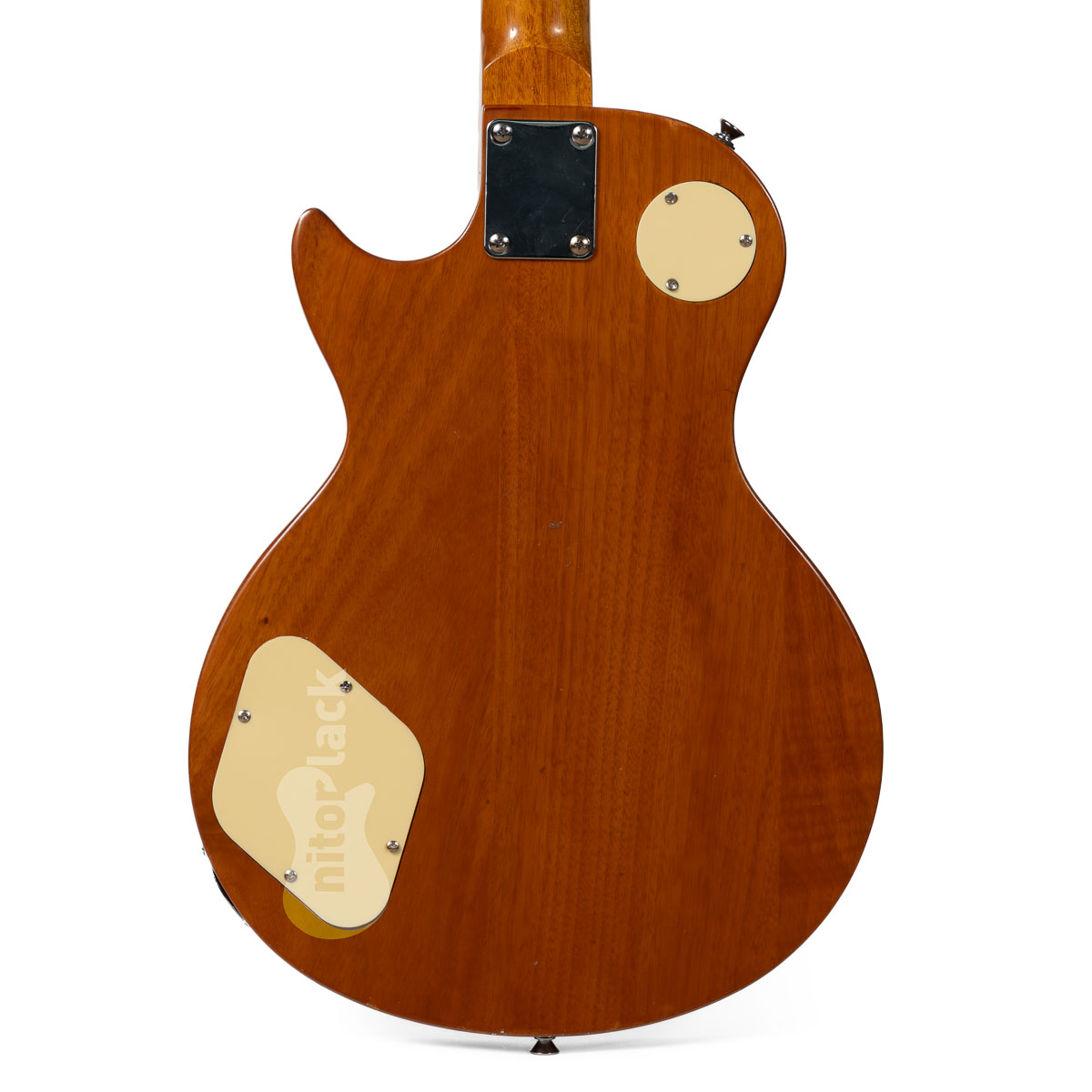
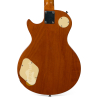
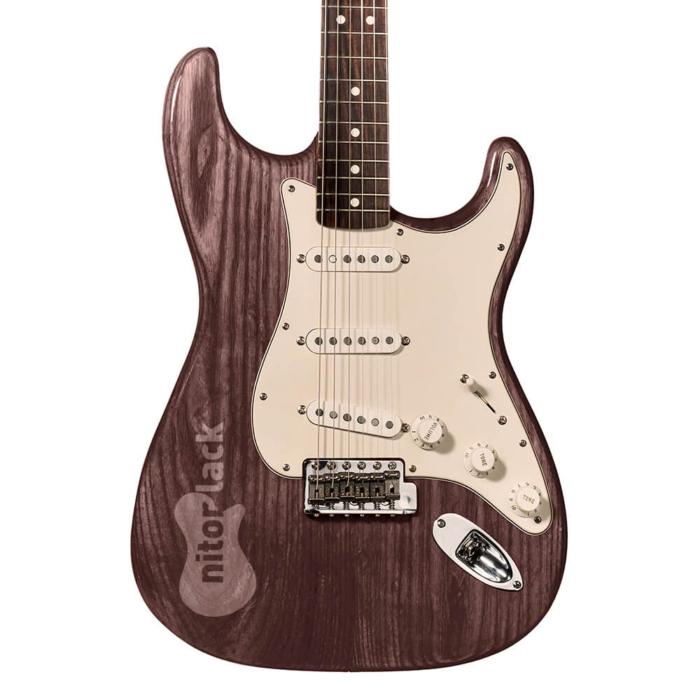
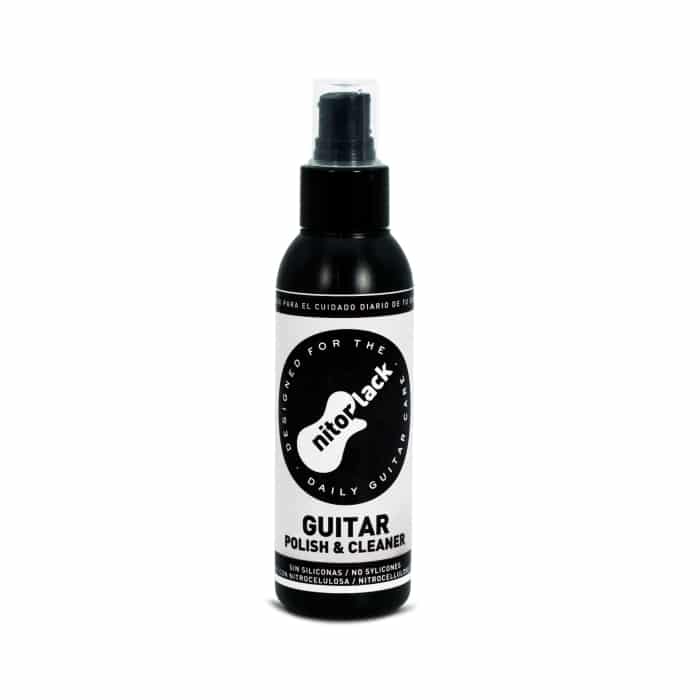
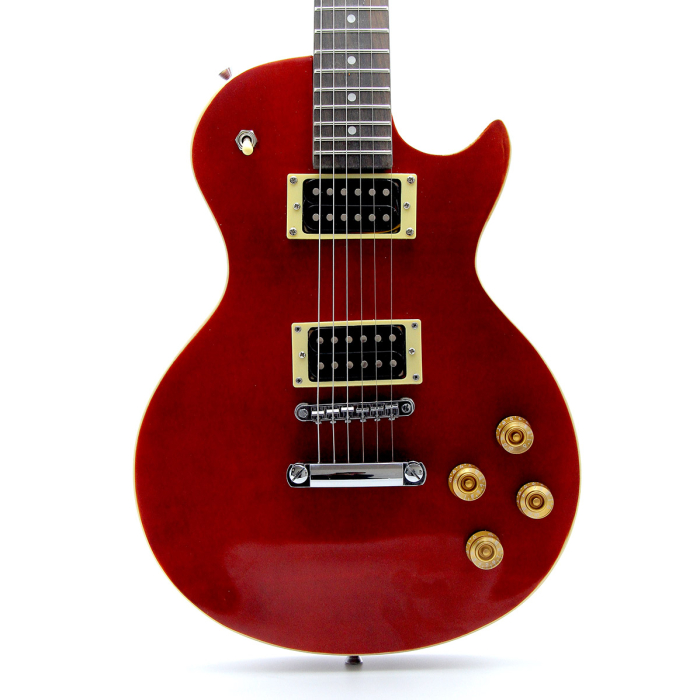
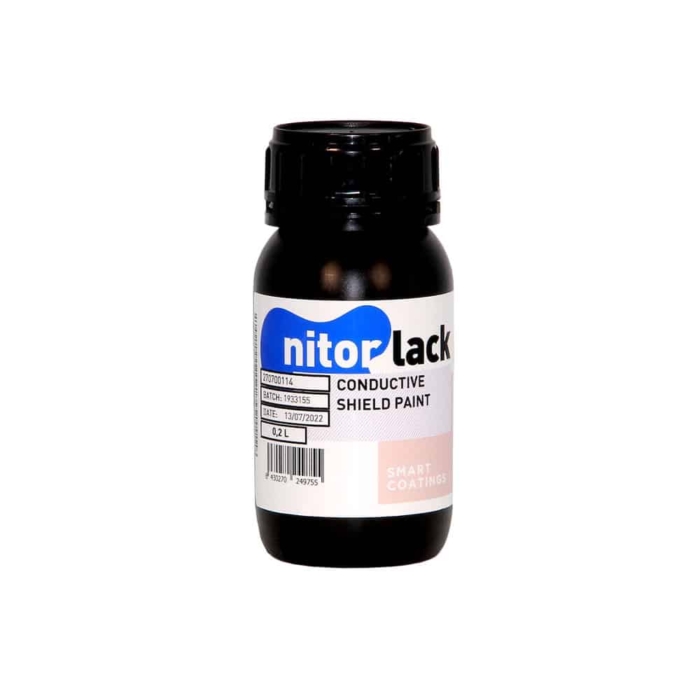
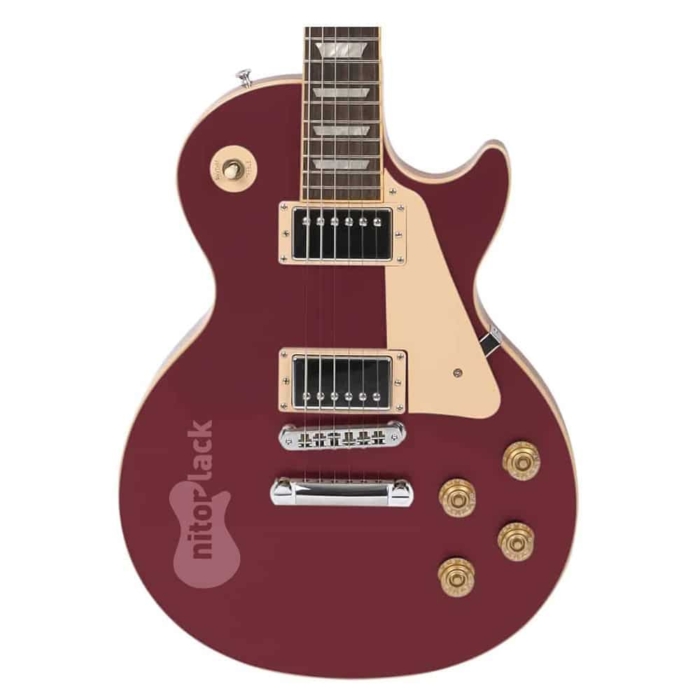
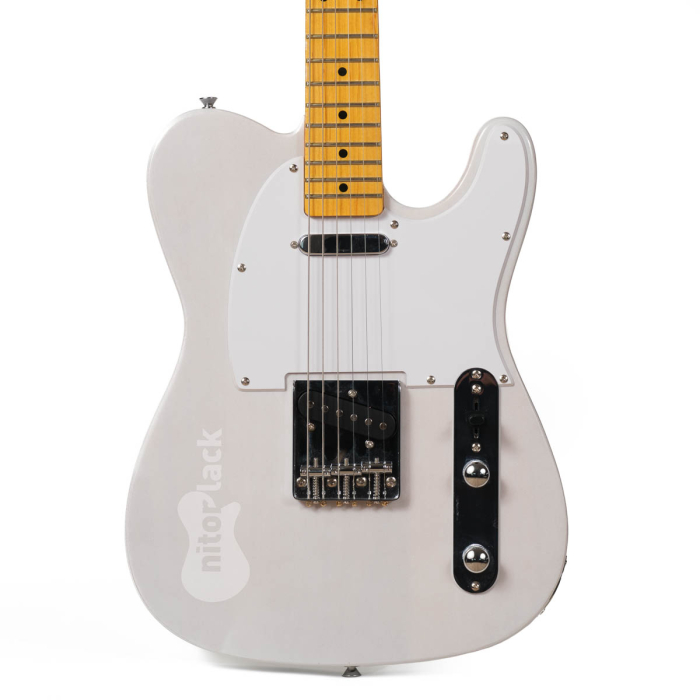
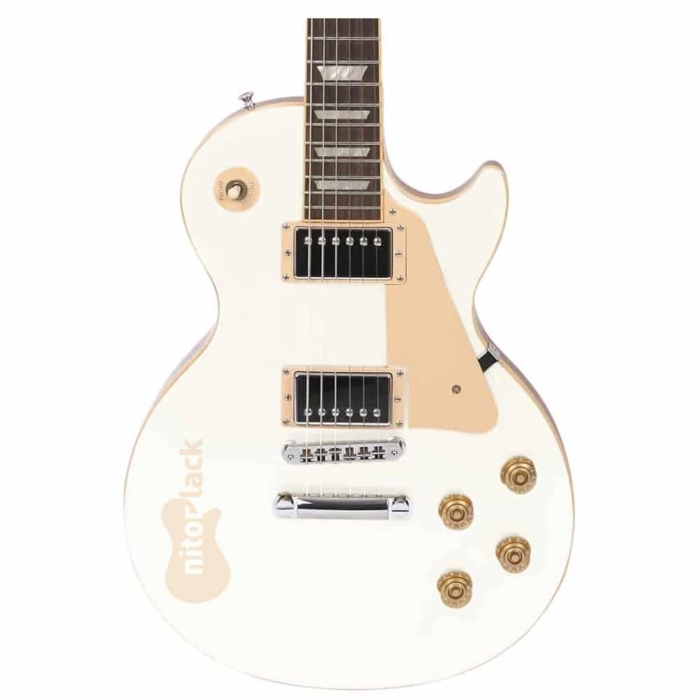
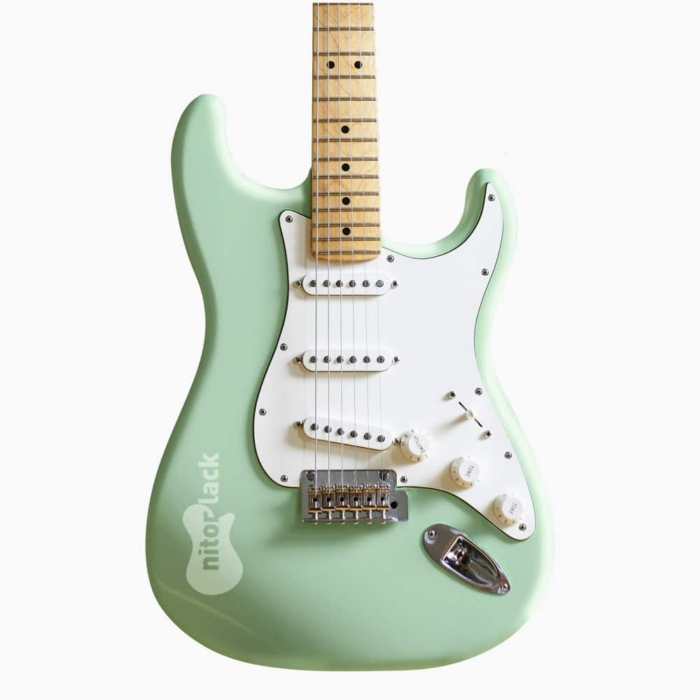
Hubert DESPLANQUES (verified owner) –